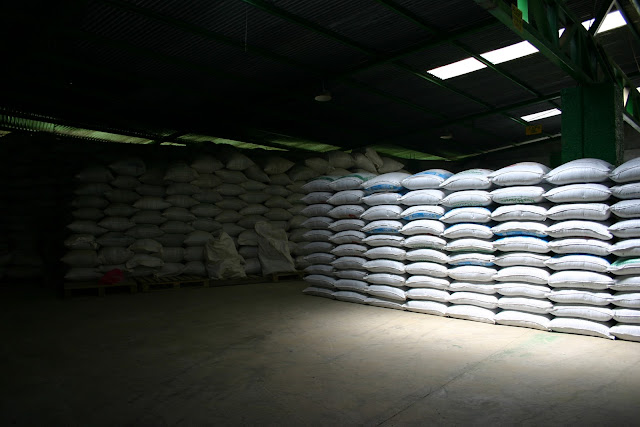Sorry I haven't had time to post for a while, there has been a lot going on and most of it is school related so not very exciting. This is a list of things I have to do:
- Project proposal due this afternoon
- Presentation on project tomorrow
- Test on spanish grammar for Fri
- Skit in spanish for Fri
- Leave for study site Sat- make sure I have everything I need for a month
The good news, I met my new host family this weekend. They have three daughters (ages 7, 13, and 16) and four dogs (one of the dogs is pregnant! I'm hoping for puppies while I'm there). I will be spending about 2 months with them in total, pictures to come.
I finally met my advisor and figured out my project. I am going to be putting recording devices in the forest (here is the link to the reserve-
http://www.tirimbina.org/), at the edge of the forest, and at the edge of a pineapple farm and comparing the diversity and abundance of the bats at each site.
 |
| This is what the recorder looks like, they can stay outside for about 4 days and then I will get the information and use the sounds to identify the species. |
Everyone keeps telling me that bats are scary and creepy looking. In general I agree, but look at these fruit eating ones that live under leaves, I think they are really cute. I won't be studying these ones but I'm hoping to see them!

.jpg)














































